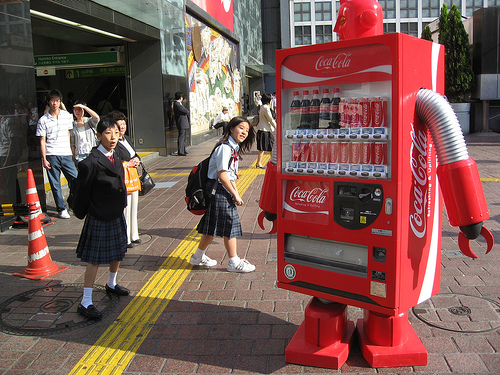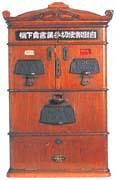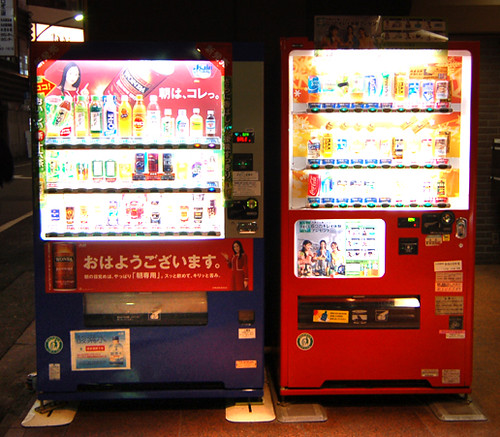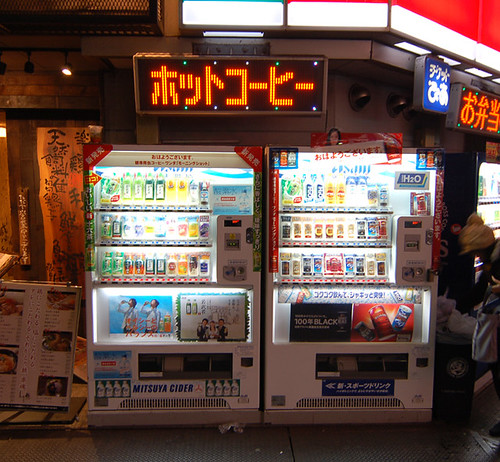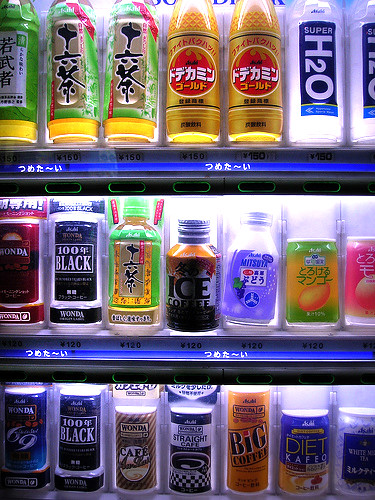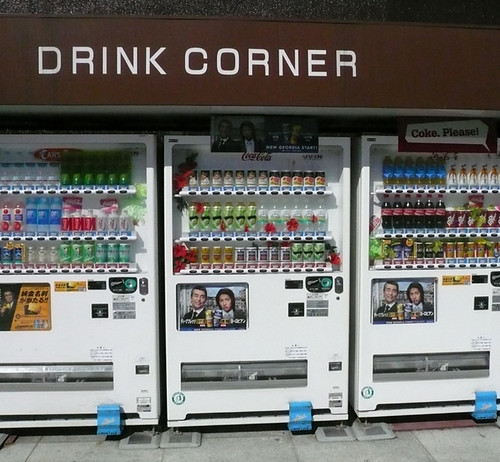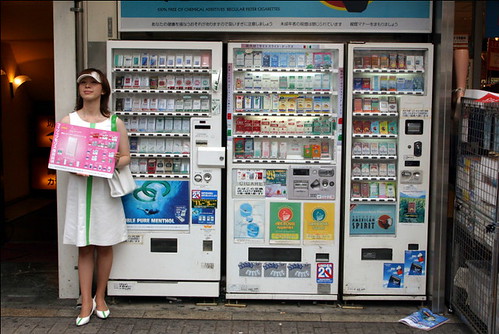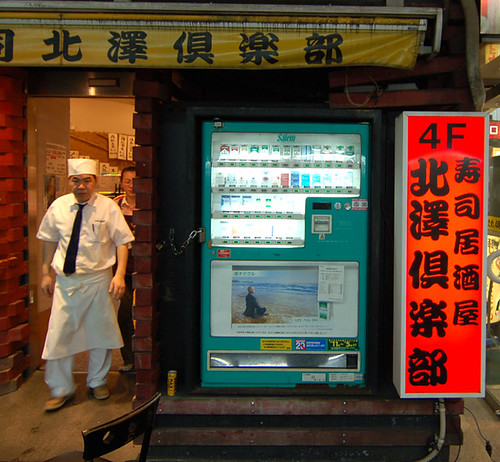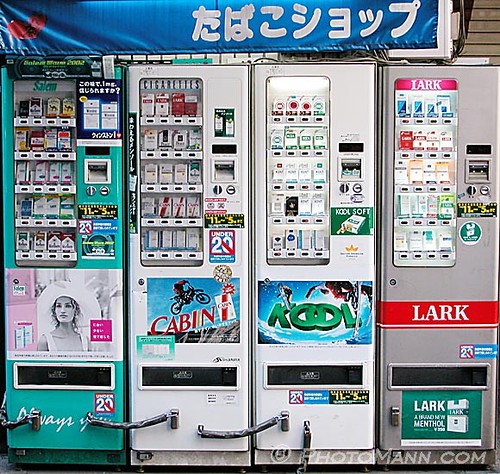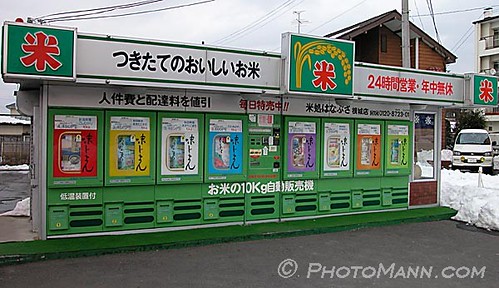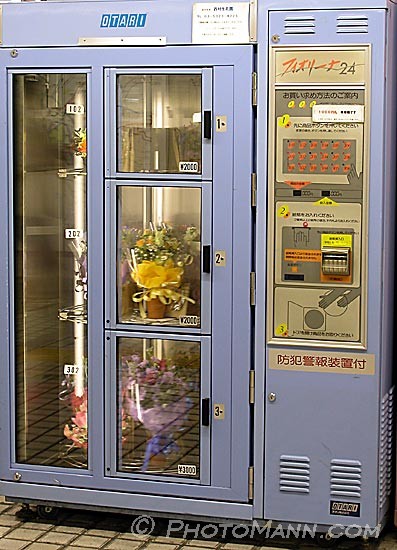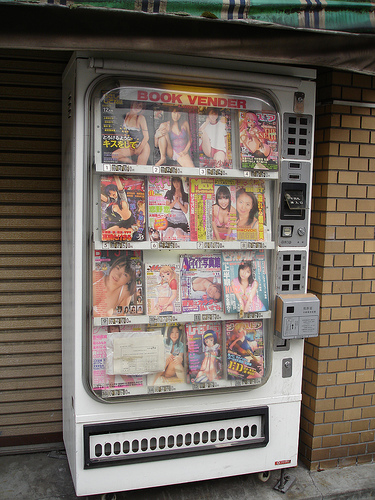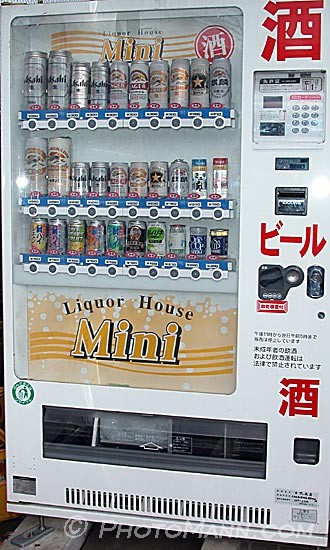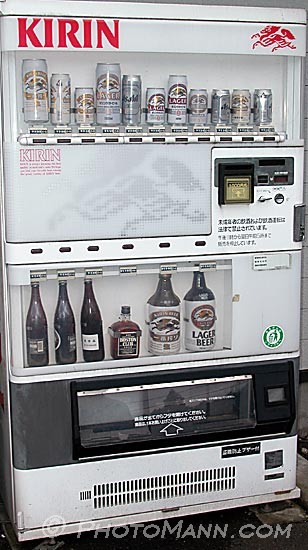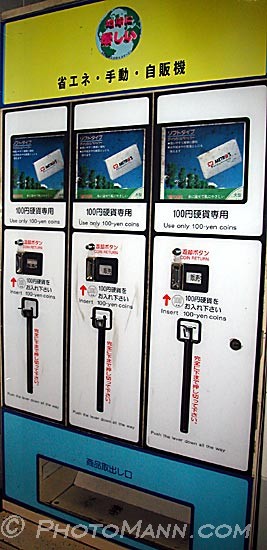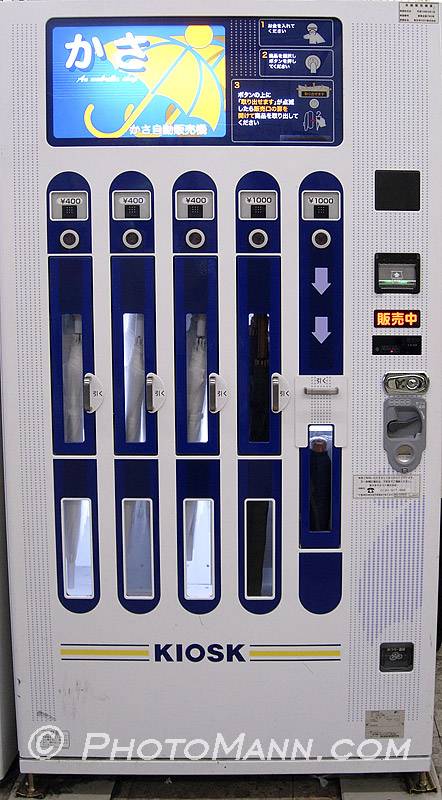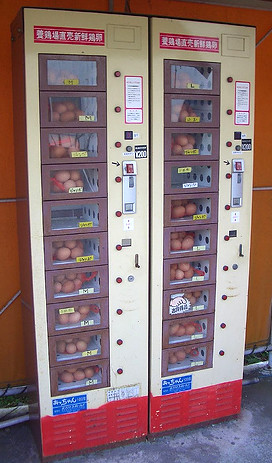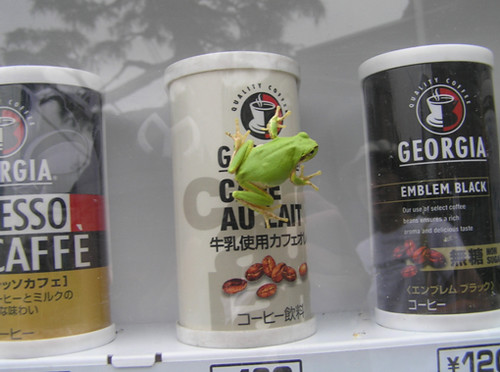Obama interview sets '60 Minutes' viewership record
 Barack Obama's first televised post-election interview gave Sunday night's "60 Minutes" its biggest audience in at least nine years.
Barack Obama's first televised post-election interview gave Sunday night's "60 Minutes" its biggest audience in at least nine years.
The CBS News program was seen by 24.5 million viewers and earned a 6.4 preliminary adults 18-49 rating. That marks the show's largest viewership since 1999.
Veteran correspondent Steve Kroft interviewed Obama about a range of domestic and foreign policy issues in the show's opening 15-minute segment, then he spoke to Obama alongside his wife, Michelle, for two more segments covering how the election has impacted their family.
Obama said the government should help the U.S. auto industry and reiterated his plan to pull troops out of Iraq, though the president-elect largely refused to answer questions about his cabinet choices, saying only that announcements would be made "soon." Though Kroft asked significant issue-oriented questions, he also delved into territory that some viewers might consider frivolous -- such as the oft-discussed First Family's dog acquisition plans and college football.
"60 Minutes" has been on a ratings roll this season. Last week's episode interviewing Obama's top advisers gave the program its highest audience in a year. With Sunday's episode, the 40-year-old news magazine will likely be the most-watched program for the second week in a row. Even with the record-setting preliminary numbers, CBS expects "Minutes" to get even higher ratings tomorrow when the nationals are released (some time zones aired the lower-rated "The Amazing Race" during part of the "Minutes" hour).
The "Minutes" boost wasn't enough to put CBS over the top for the evening, however. NBC still won with "Sunday Night Football" (17 million, 6.5), Dallas Cowboys at Washington Redskins, and pregame shows.
CBS was second with "Minutes," followed by "Race" (12.2 million, 3.5), "Cold Case" (12 million, 2.9) and "The Unit" (9.8 million, 2.5).
ABC was third with some NASCAR lead-in going into “Extreme Makeover: Home Edition” (10.2 million, 3.4), “Desperate Housewives” (16.6 million, 6.1) and “Brothers & Sisters” (10.1 million, 3.7). ABC’s shows were on par, with “Housewives” up slightly from last week.
Fourth-place Fox’s was also largely unchanged from last week, airing “The Simpsons” (8.5 million, 3.9), “King of the Hill” (7 million, 3.2), “Family Guy” (8.5 million, 4.2) and “American Dad” (6.8 million, 3.2). The CW was on par (averaging 600,000, 0.2).
| ||||||||||||||||||||||||||||||||||||||||||||||||||||||||


















 Sold at an auction for $14,850, this 100% authentic vampire kit made circa 1800 is an absolute steal, specially compared to
Sold at an auction for $14,850, this 100% authentic vampire kit made circa 1800 is an absolute steal, specially compared to 

 Mark Rutherford is a West Coast-based freelance writer. He is a member of the
Mark Rutherford is a West Coast-based freelance writer. He is a member of the 
